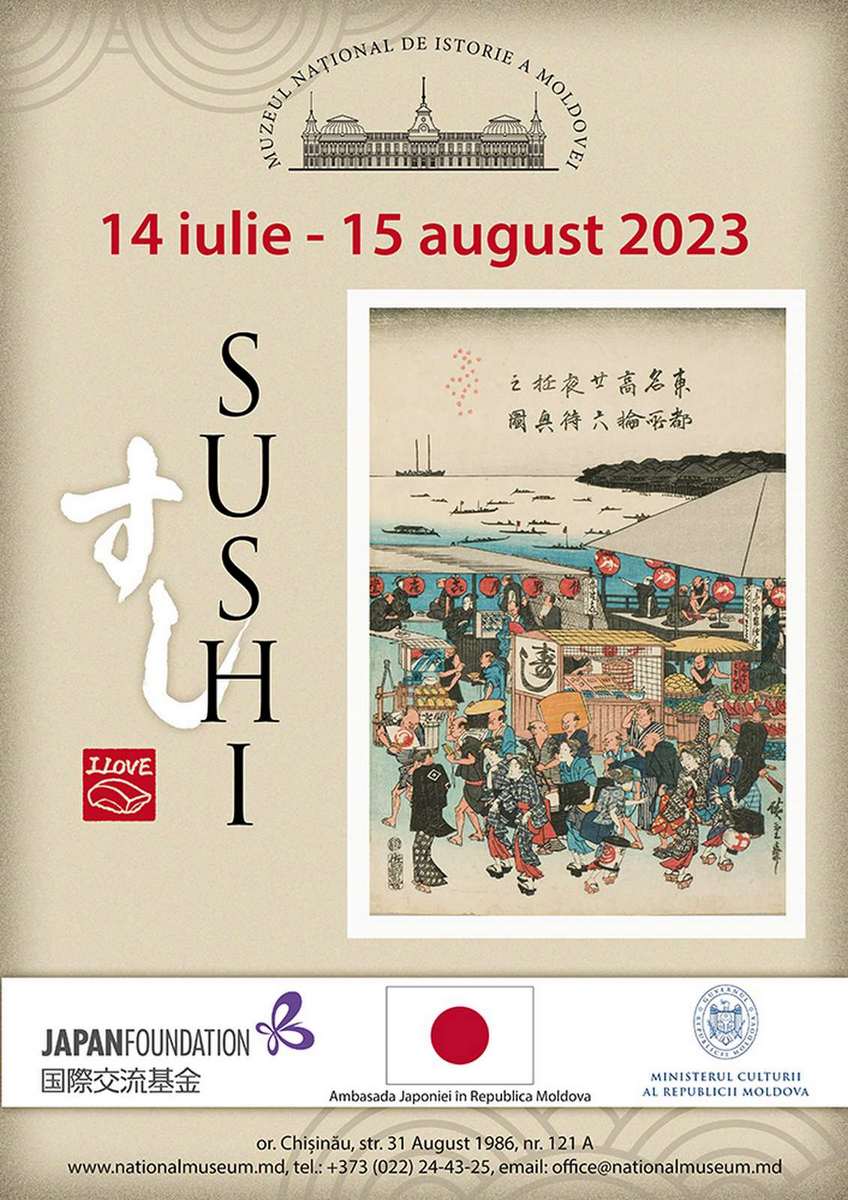>>>

The Gospel is a fundamental liturgical book of the Orthodox Church that brings together the four apostolic testimonies about the Son of God - Matthew, Mark, Luke, and John - "inspired by the same Holy Spirit, the one true and sole author of the Gospel." The Gospel, or the Good News, testifying to the Glory of Christ, refers to the full teaching and deeds of the Savior; the four Gospels are regarded as the four sustaining pillars of the Church.
St. Jerome (c. 340-420), author of the first complete Latin translation of the Holy Scriptures, assigned to the four evangelists the living creatures that appear in the vision of the prophet Ezekiel (1:5). Thus, the Evangelist Matthew, the first to relate the Nativity of the Lord, is accompanied in imagery by the angel who announced the miracle; the Evangelist Mark, likened to St. John the Baptist - "the voice of one crying in the wilderness" - is associated with the lion. The Evangelist Luke, who opens his Gospel with the priest Zechariah, is personified by the winged ox, recalling the ox's sacrificial role; and the Evangelist John, for his elevated theological vision, is associated with the eagle.
This altar Gospel, printed in 1890 at the Lavra Pecerska printing house in Kyiv, contains - in addition to the four canonical Gospels - other liturgical texts: readings for Vespers, the Divine Liturgy, prayers, and services.
It is a large-format Gospel measuring 37 × 48 cm, bound in cardboard and leather. The gilded metal cover is fitted with two metal clasps and gilt edges. Five vertical-oval icon plaques in polychrome enamel are applied to the cover, which is engraved with vegetal and geometric ornamentation. The central plaque depicts the "Resurrection of the Lord"; in the corners of the upper register appear the faces of the Evangelists Matthew and John, and in the lower register those of Luke and Mark. Printed in red and black, the volume comprises 428 leaves; the text is enriched with various typographic ornaments - vignettes, initials, engravings, frontispieces, etc. Pagination is indicated on the leaves, the folio number appearing in the upper right.
The Gospel of Matthew is printed on pages 1-105, the opening page accompanied by the scene of the Nativity of the Lord. The Gospel of Mark continues on pages 104-168, its representative scene being the Baptism of the Lord. The Gospel according to Luke occupies pages 172-273, its opening page bearing the scene of the Annunciation. The Gospel according to John is included between pages 280-358, the evocative scene being the Crucifixion of the Lord.
The Lavra Pecerska printing house, cited in the colophon, has long roots - traditionally founded by Archimandrite Elisei Pletenetsky (1595-1624) in 1615 - although the precise dates of its earliest publications remain a matter of debate. This copy entered the collections of the National Museum of History of Moldova under inventory number FB-23062-35; acquired in 1982, it was transferred to the MNIM collections in 1996 from the holdings of the Museum of the History of Religion.











 31 August 1989 St., 121 A, MD 2012, Chisinau, Republic of Moldova
31 August 1989 St., 121 A, MD 2012, Chisinau, Republic of Moldova

















































